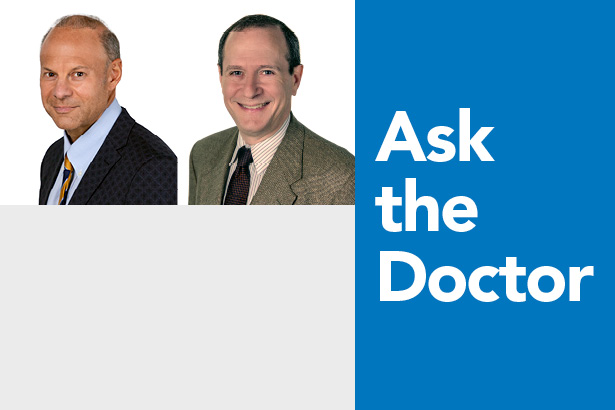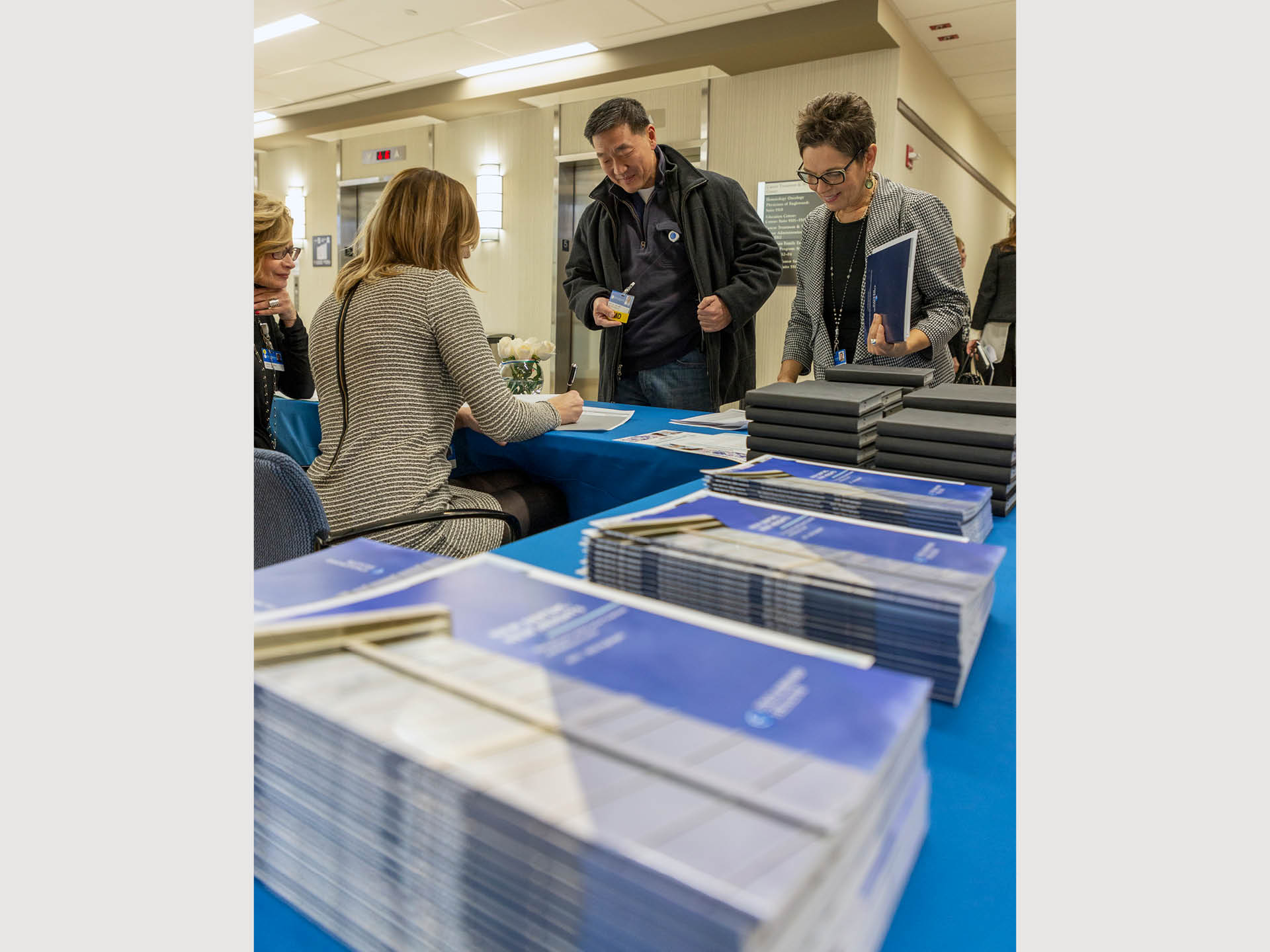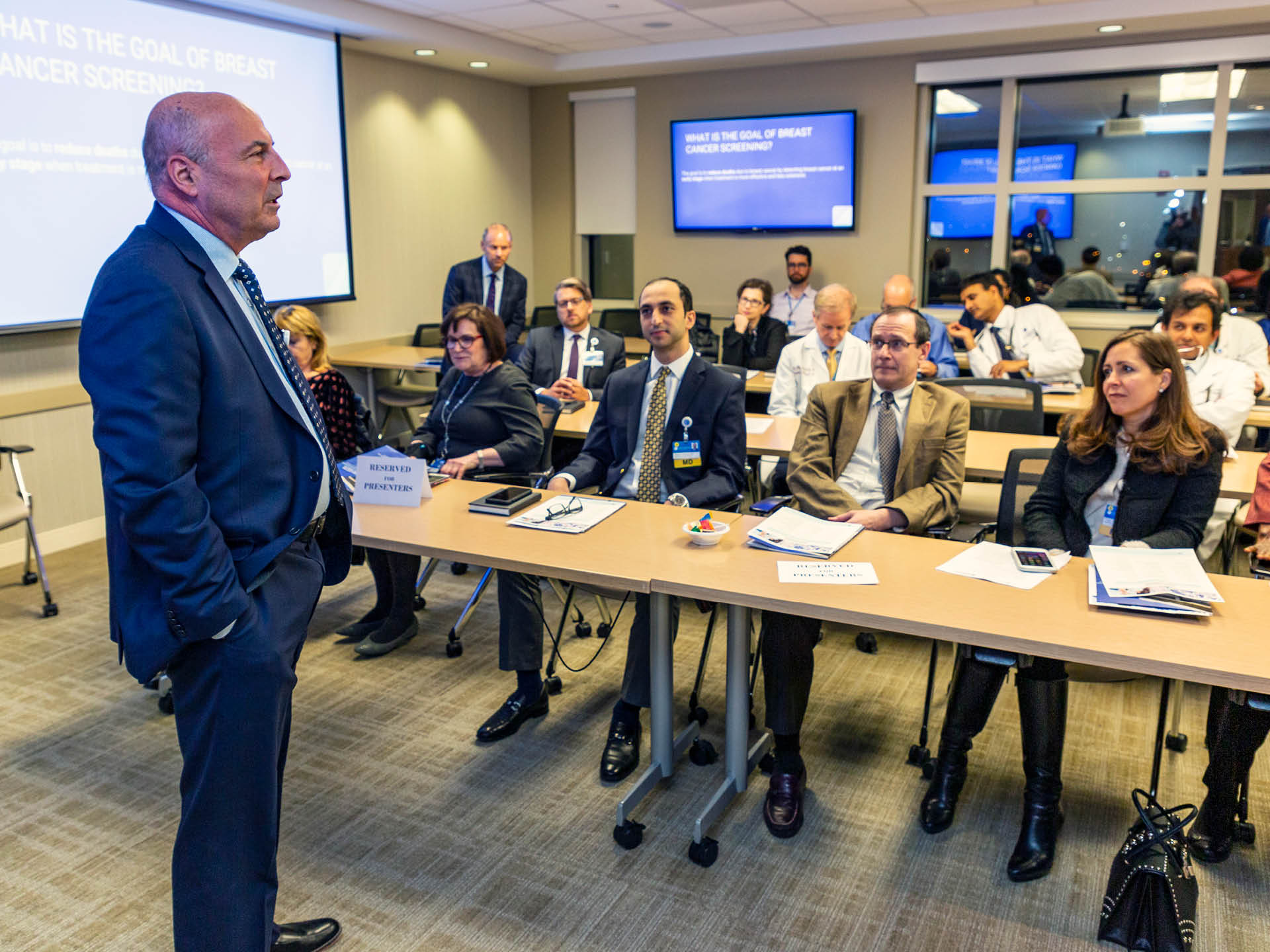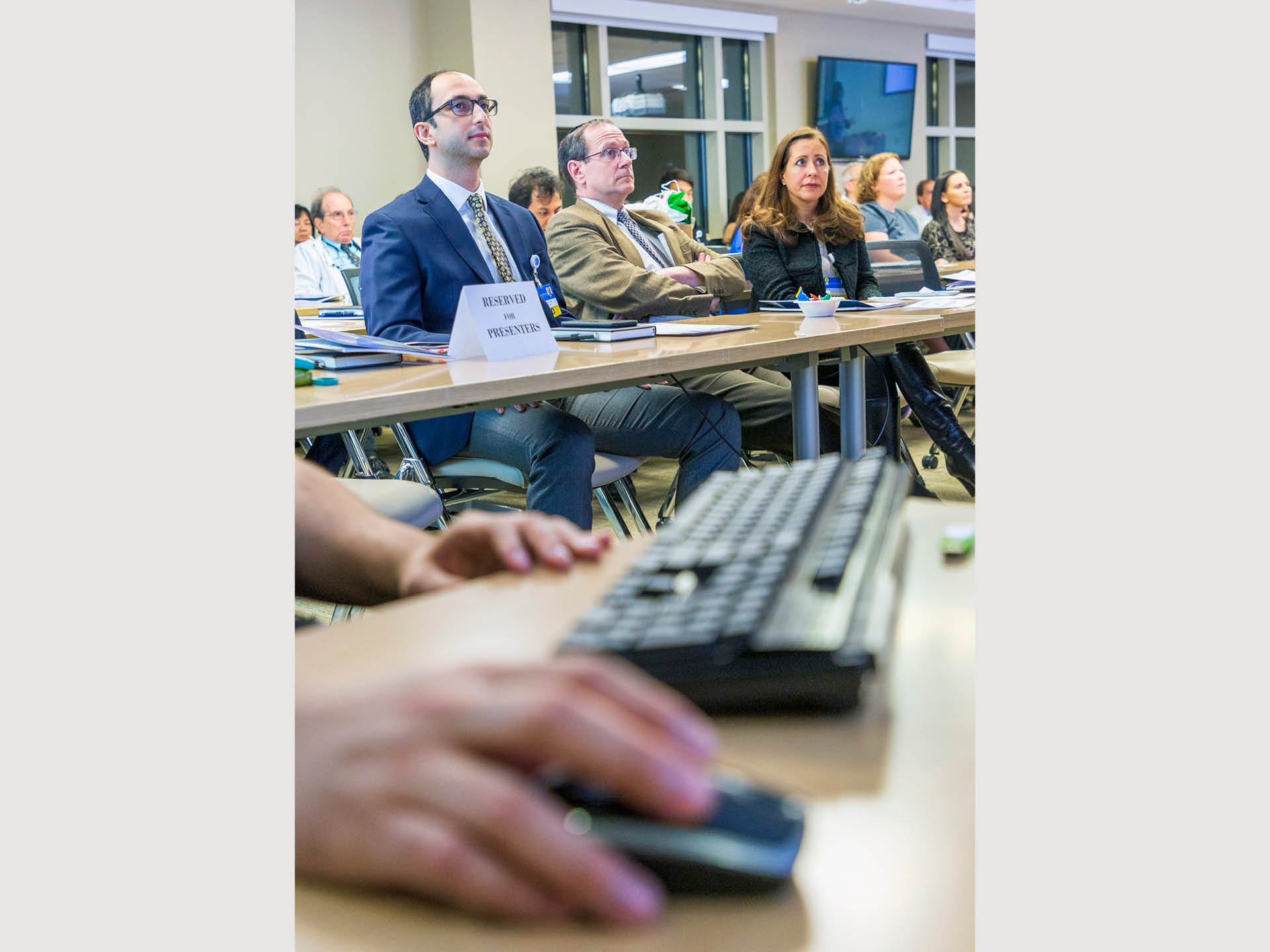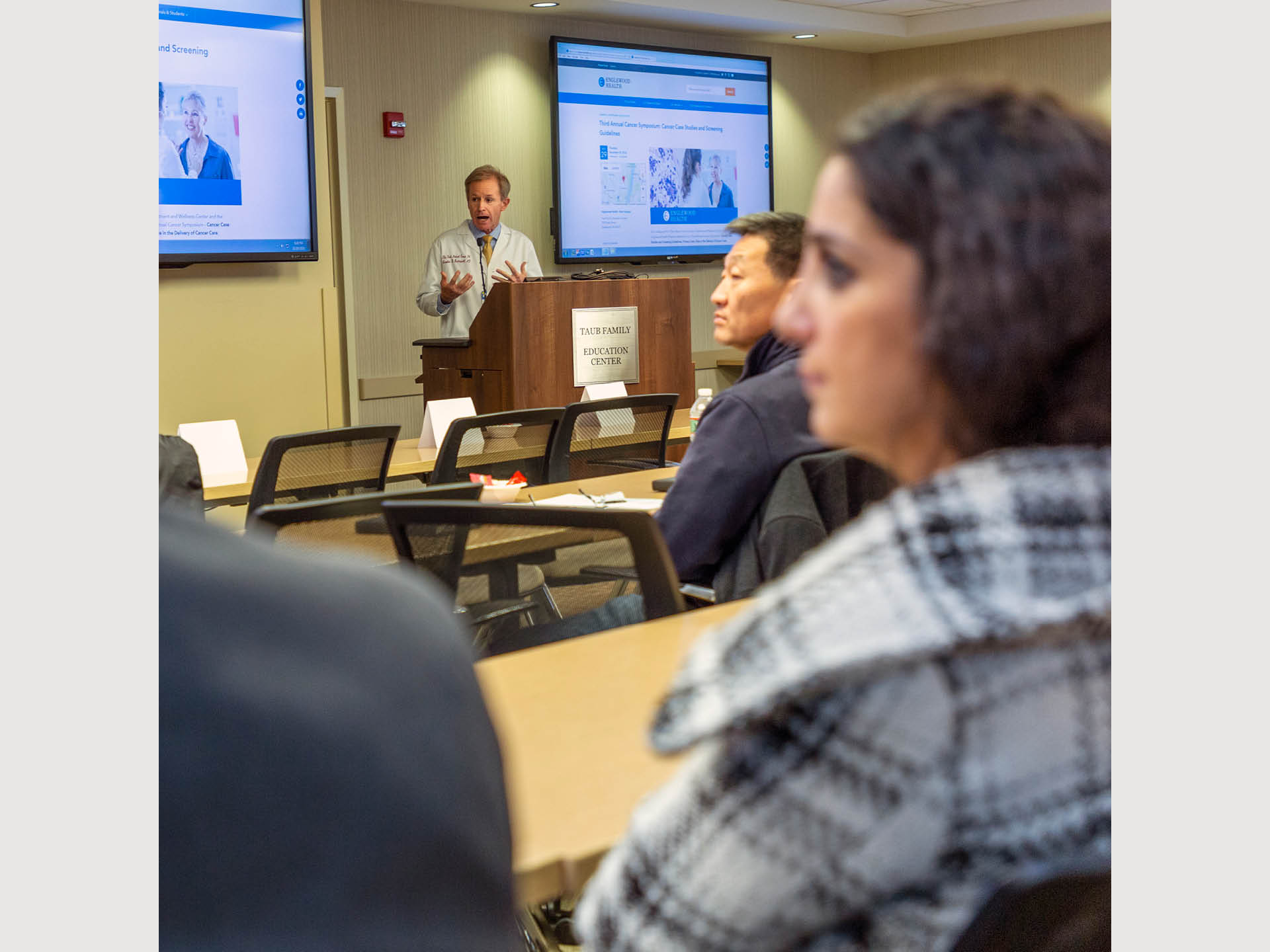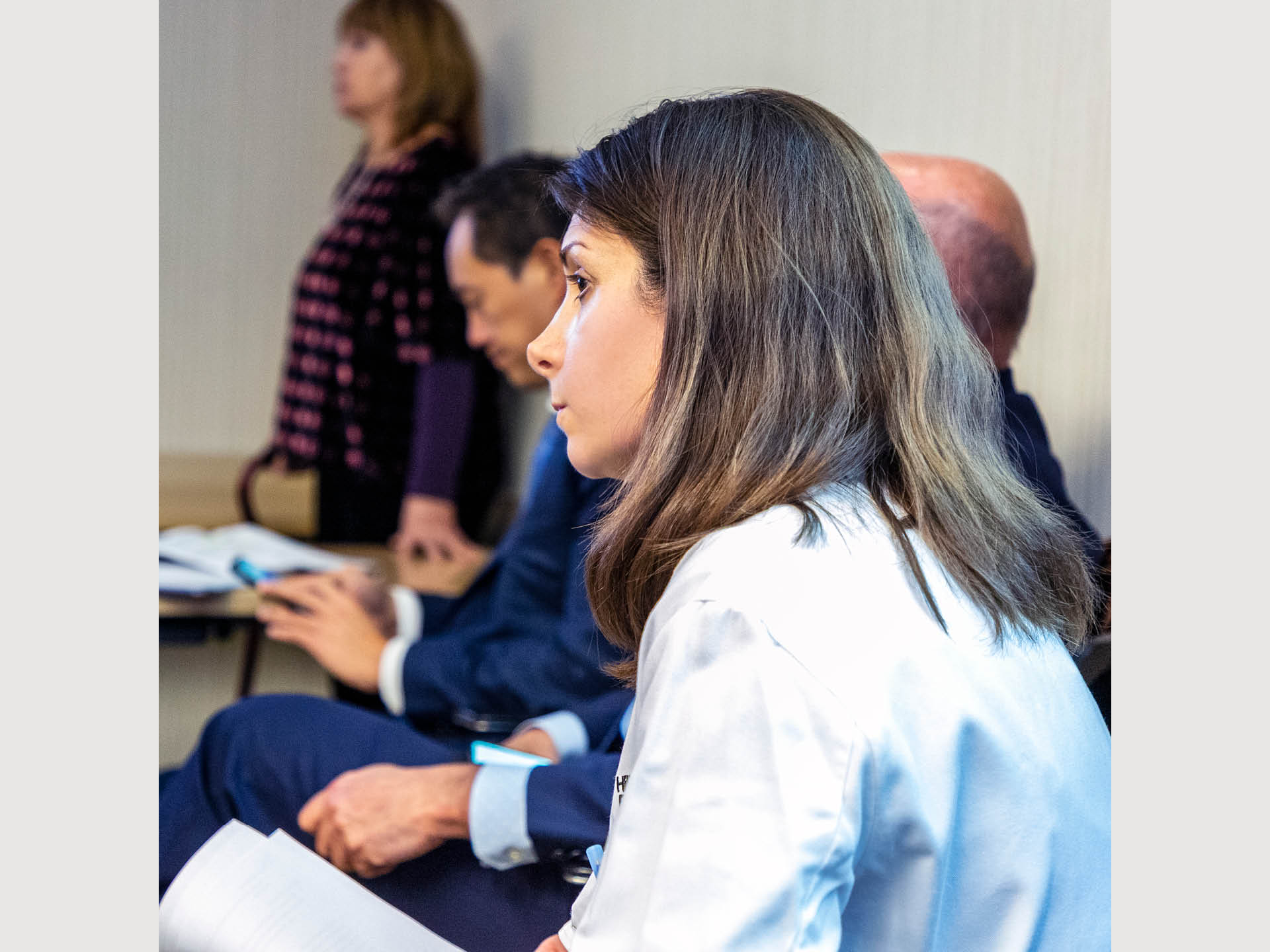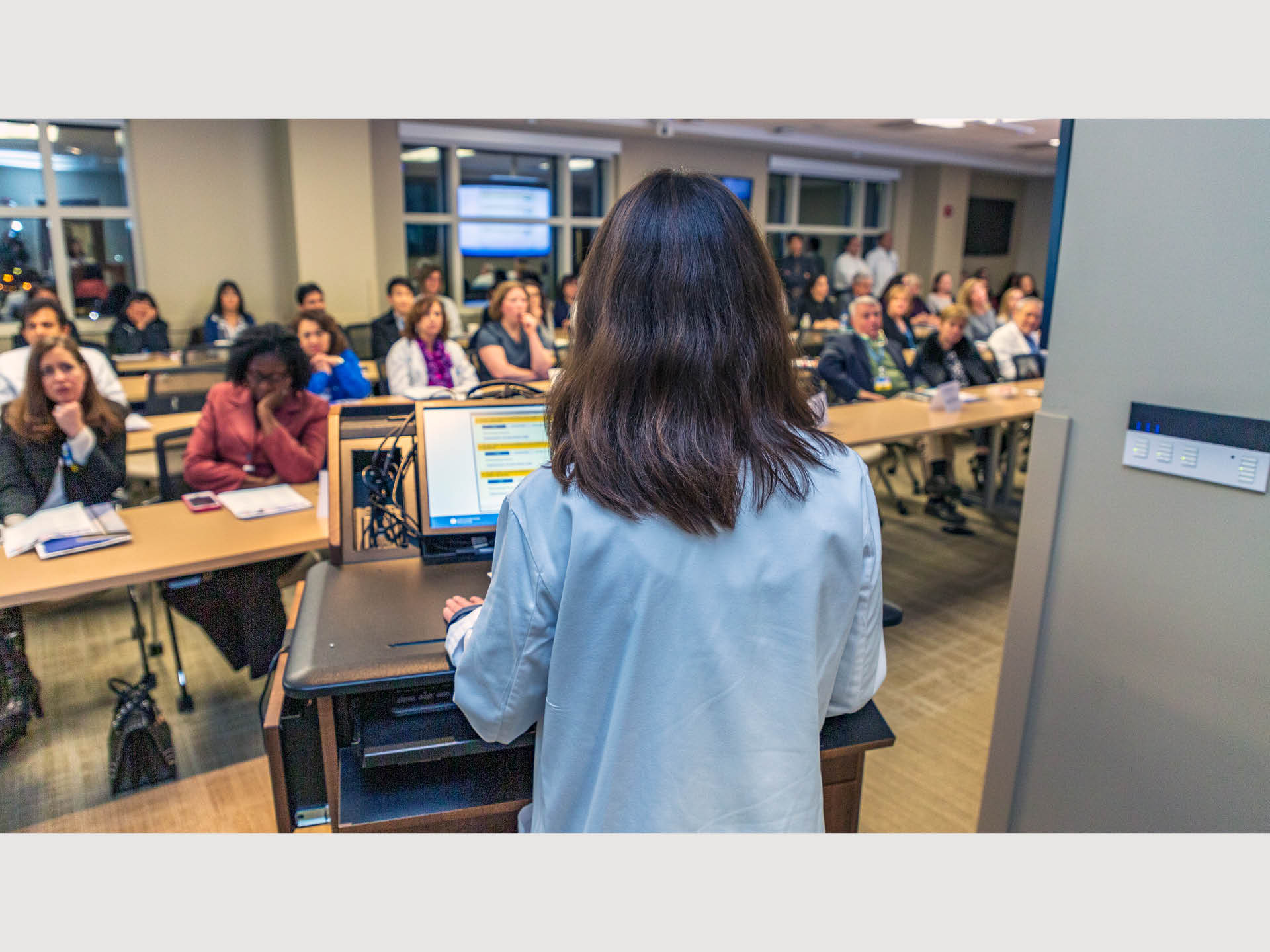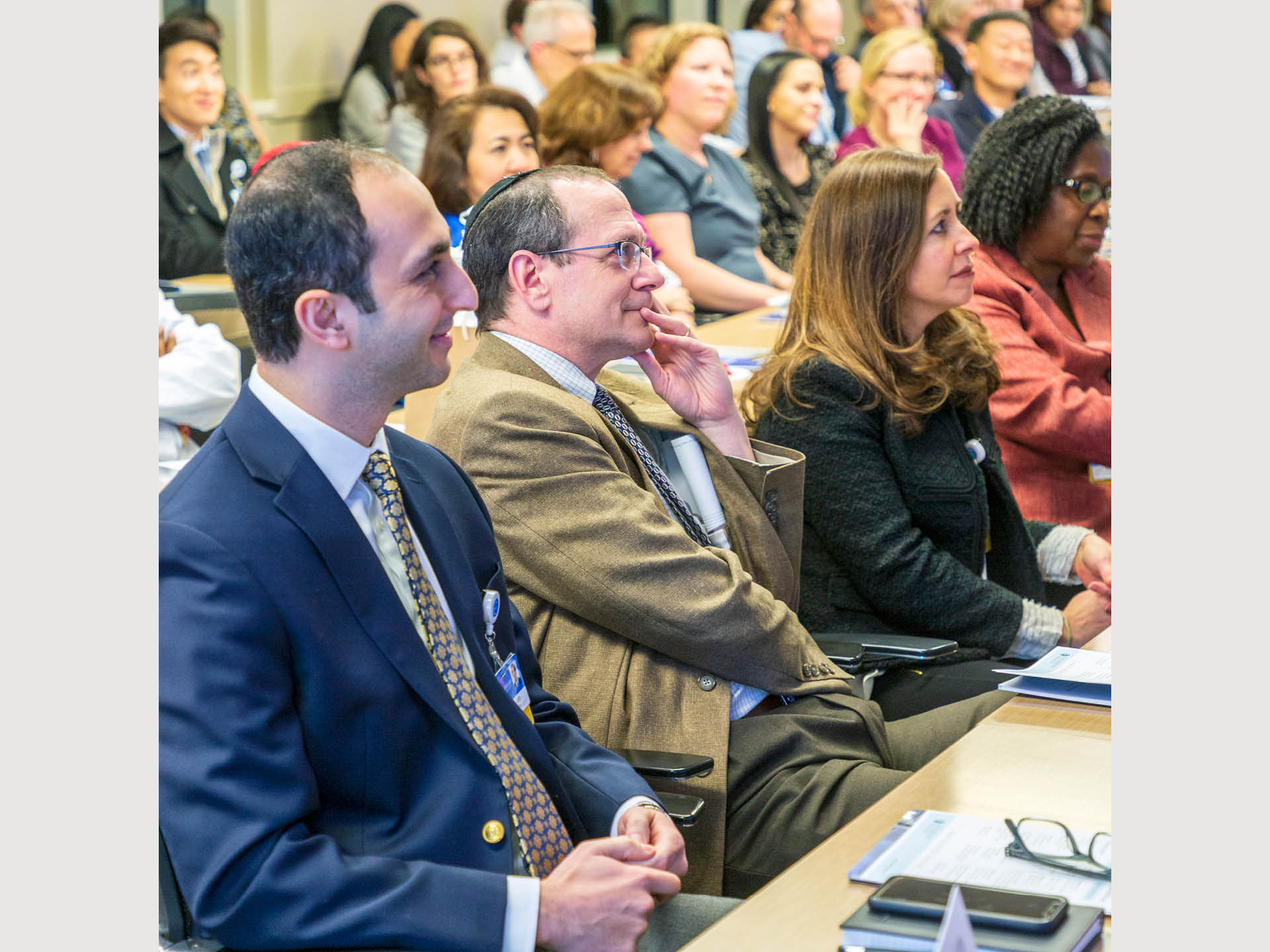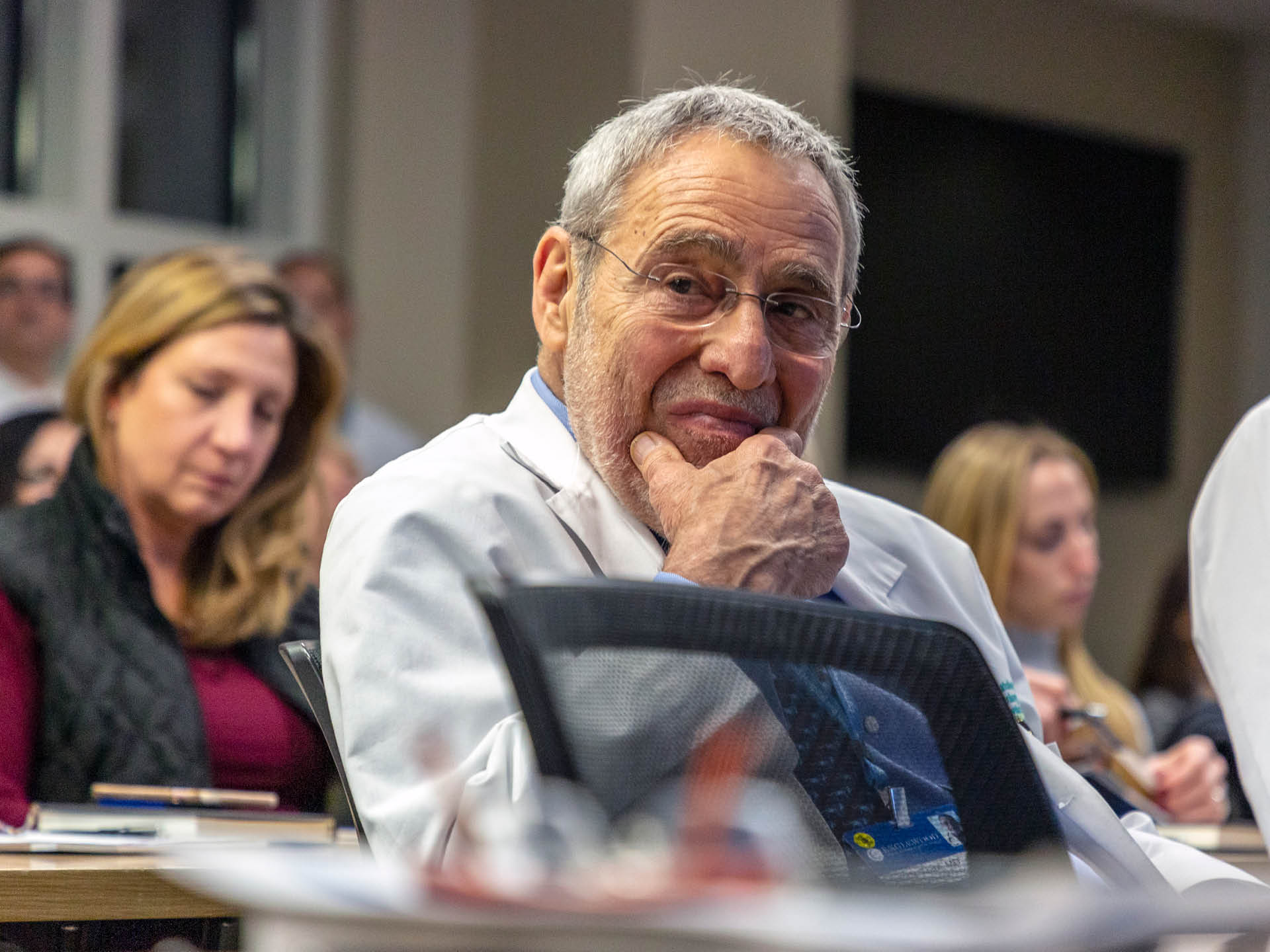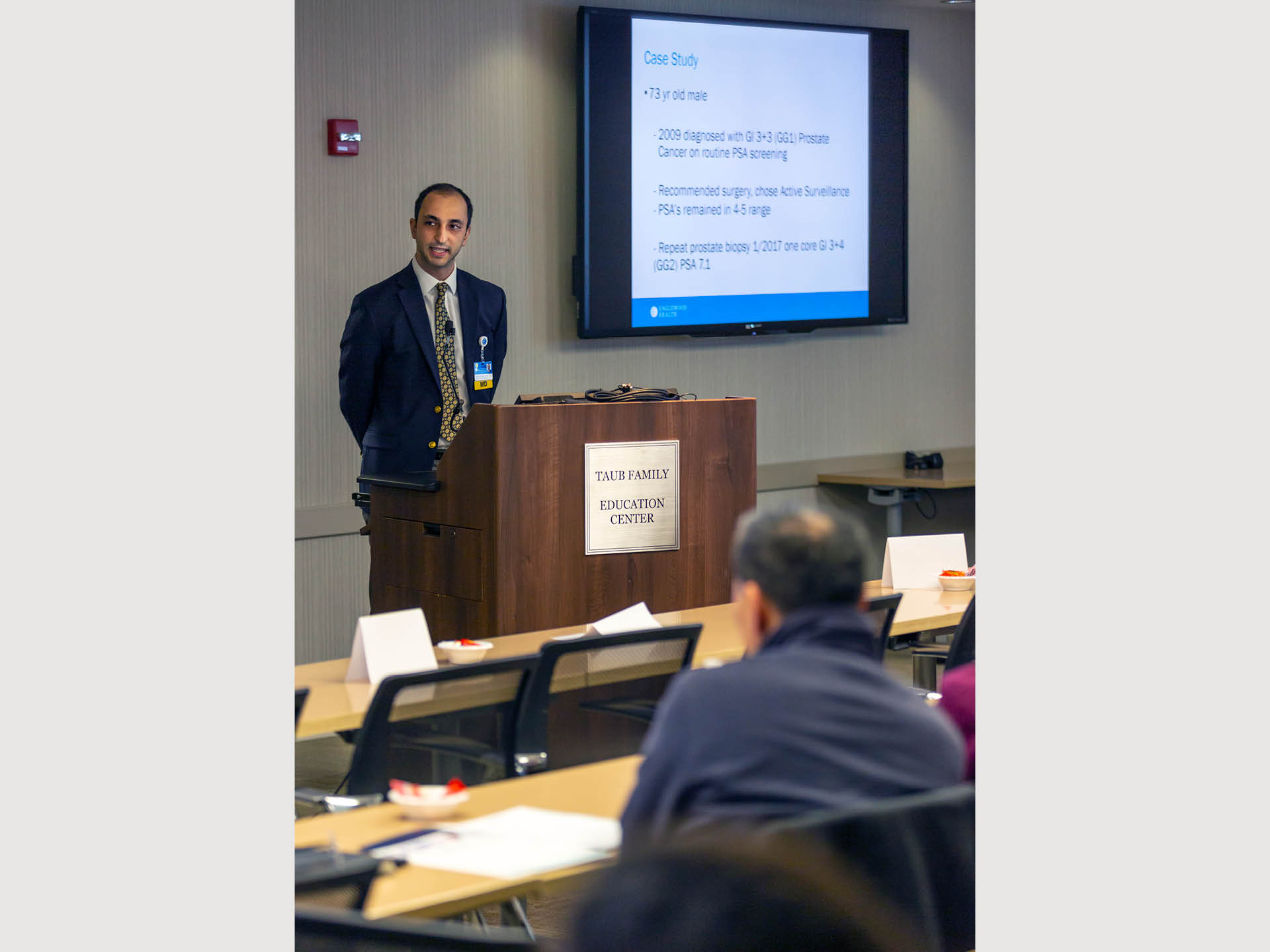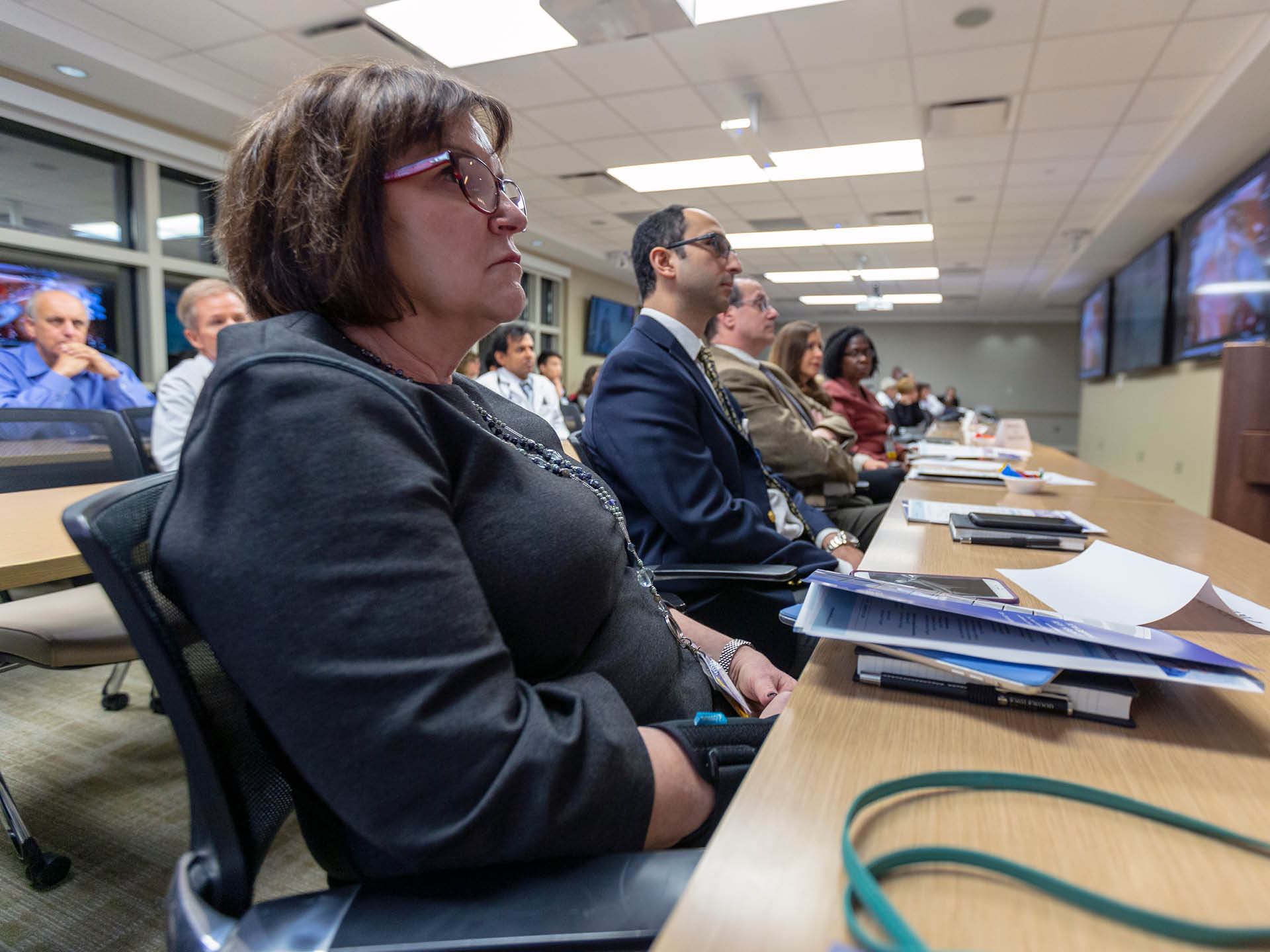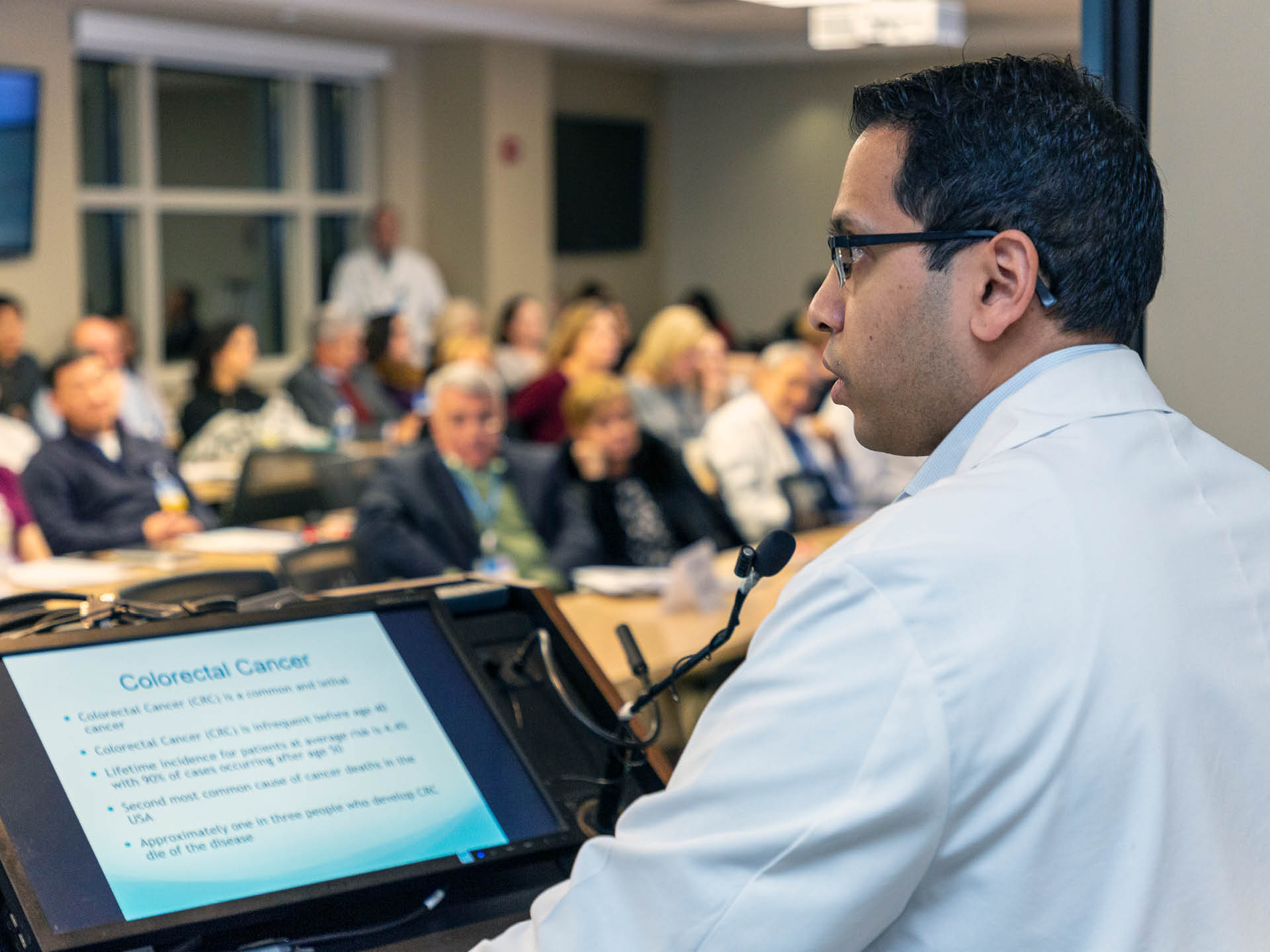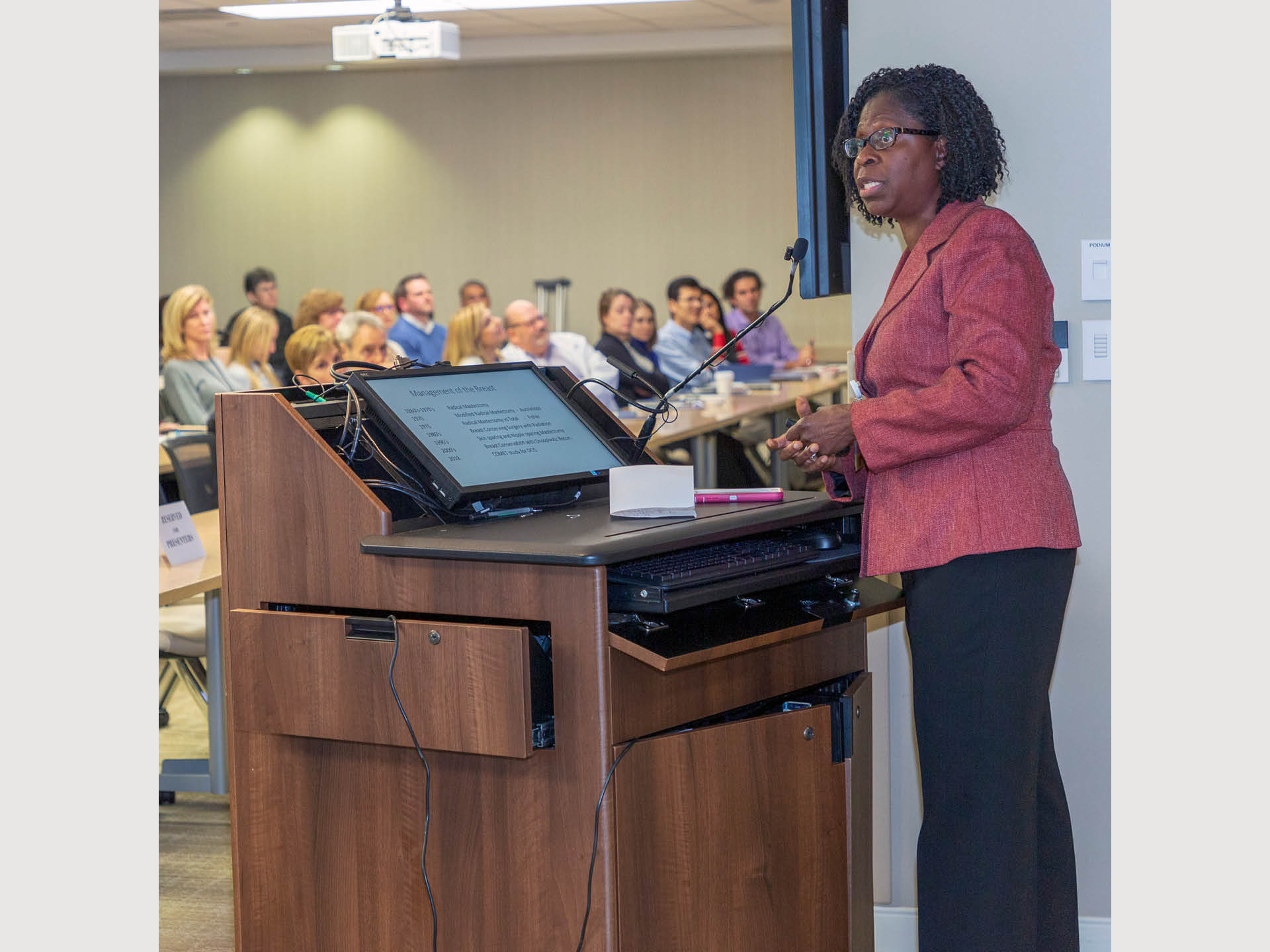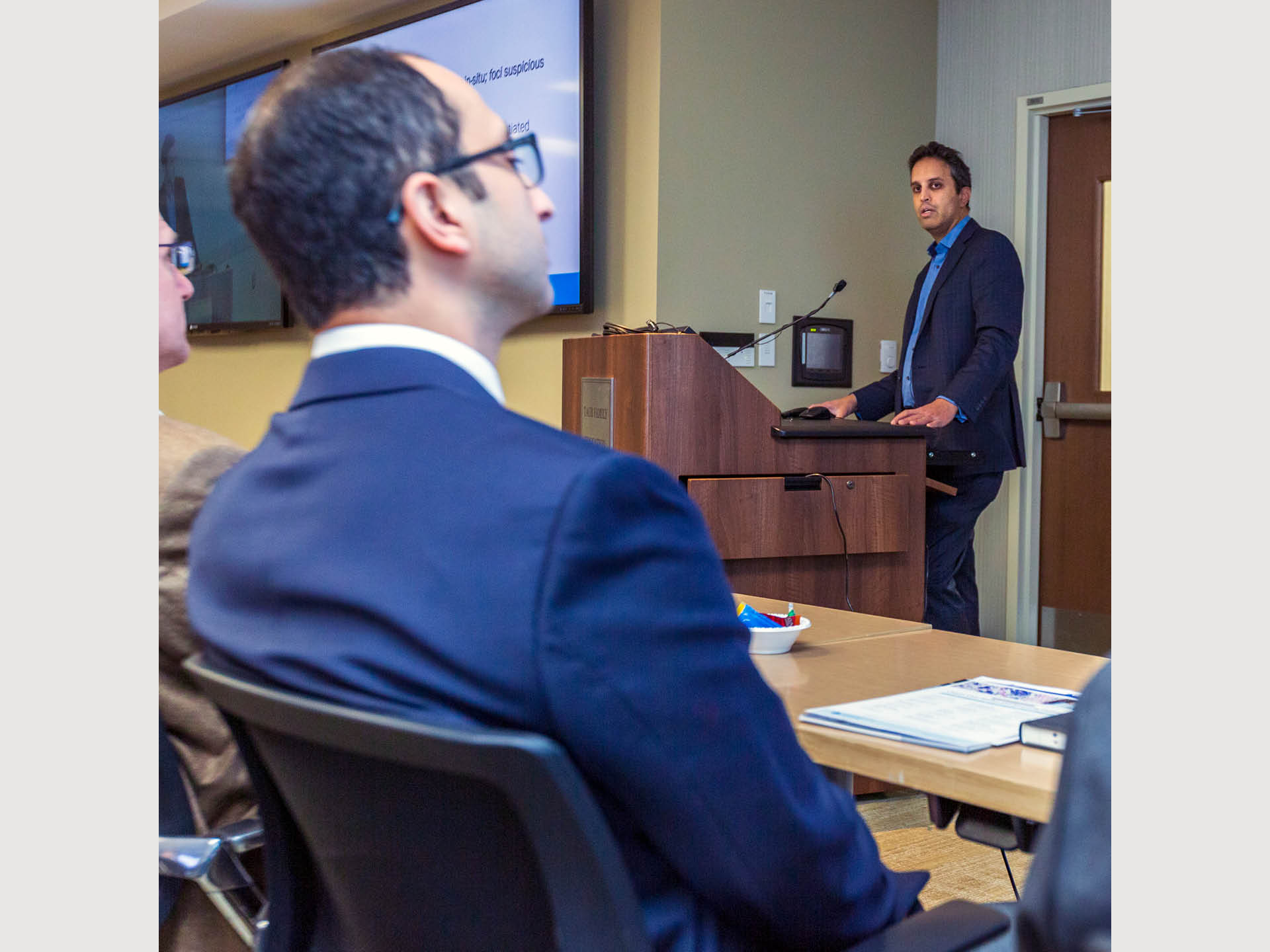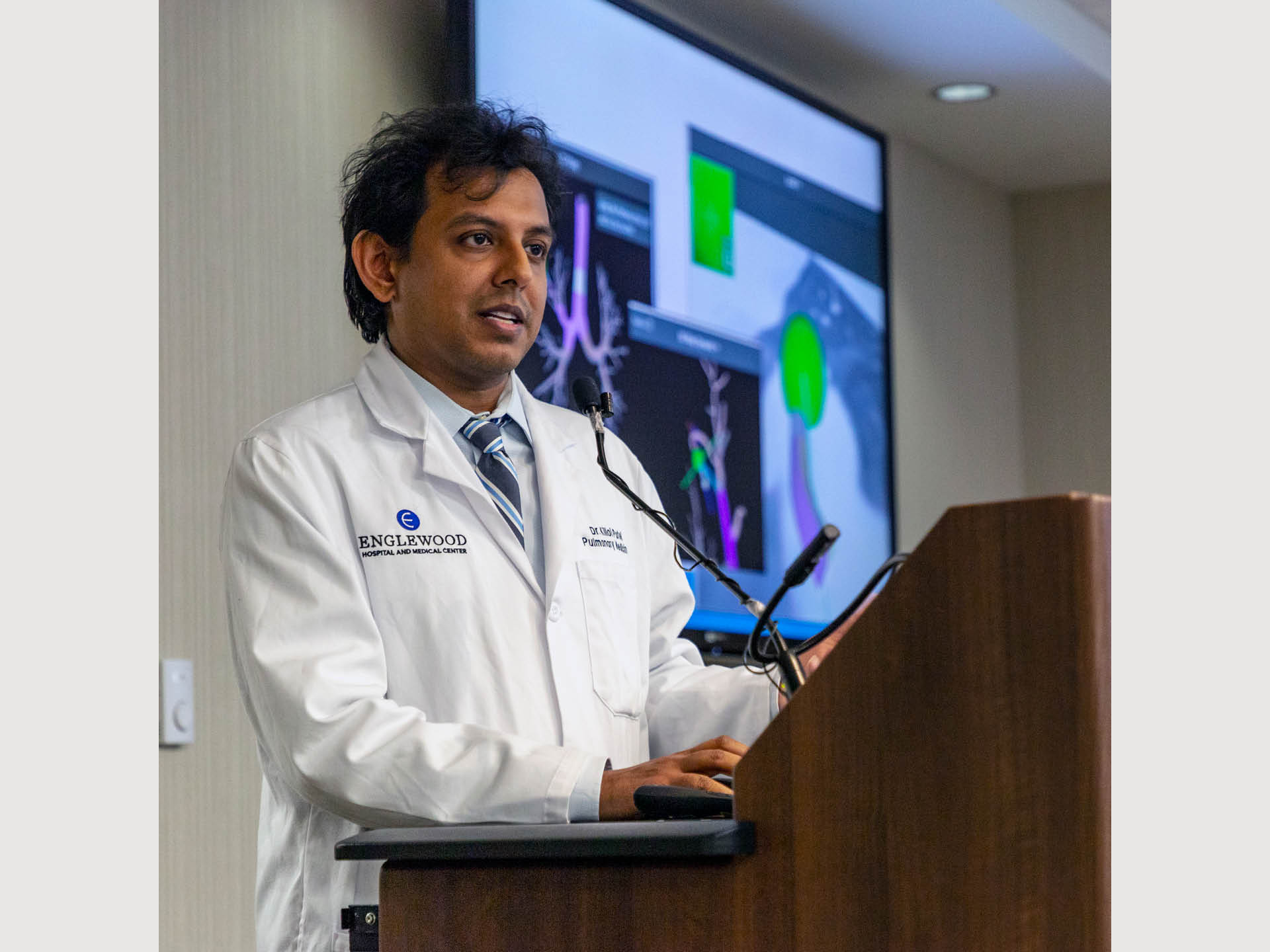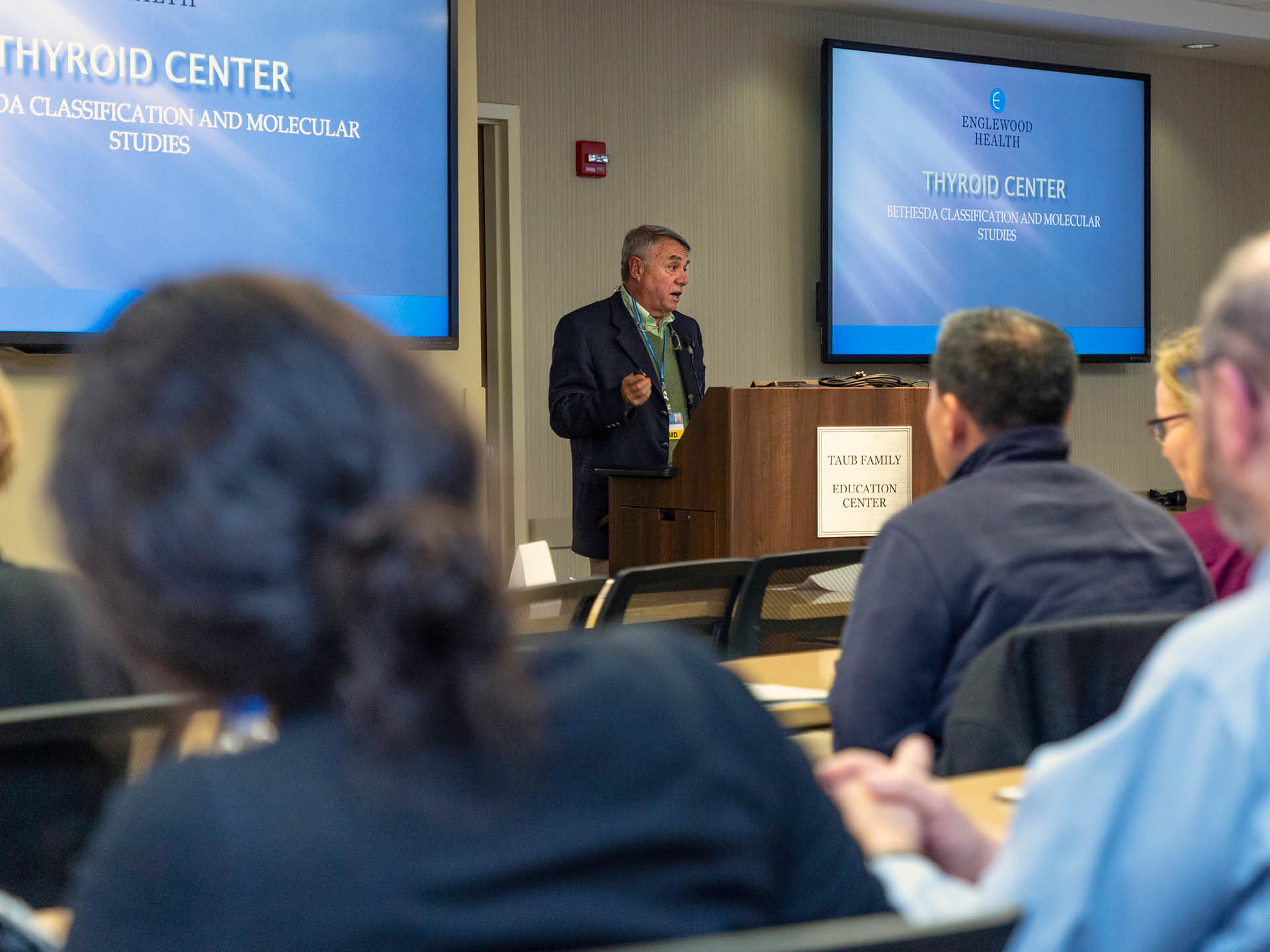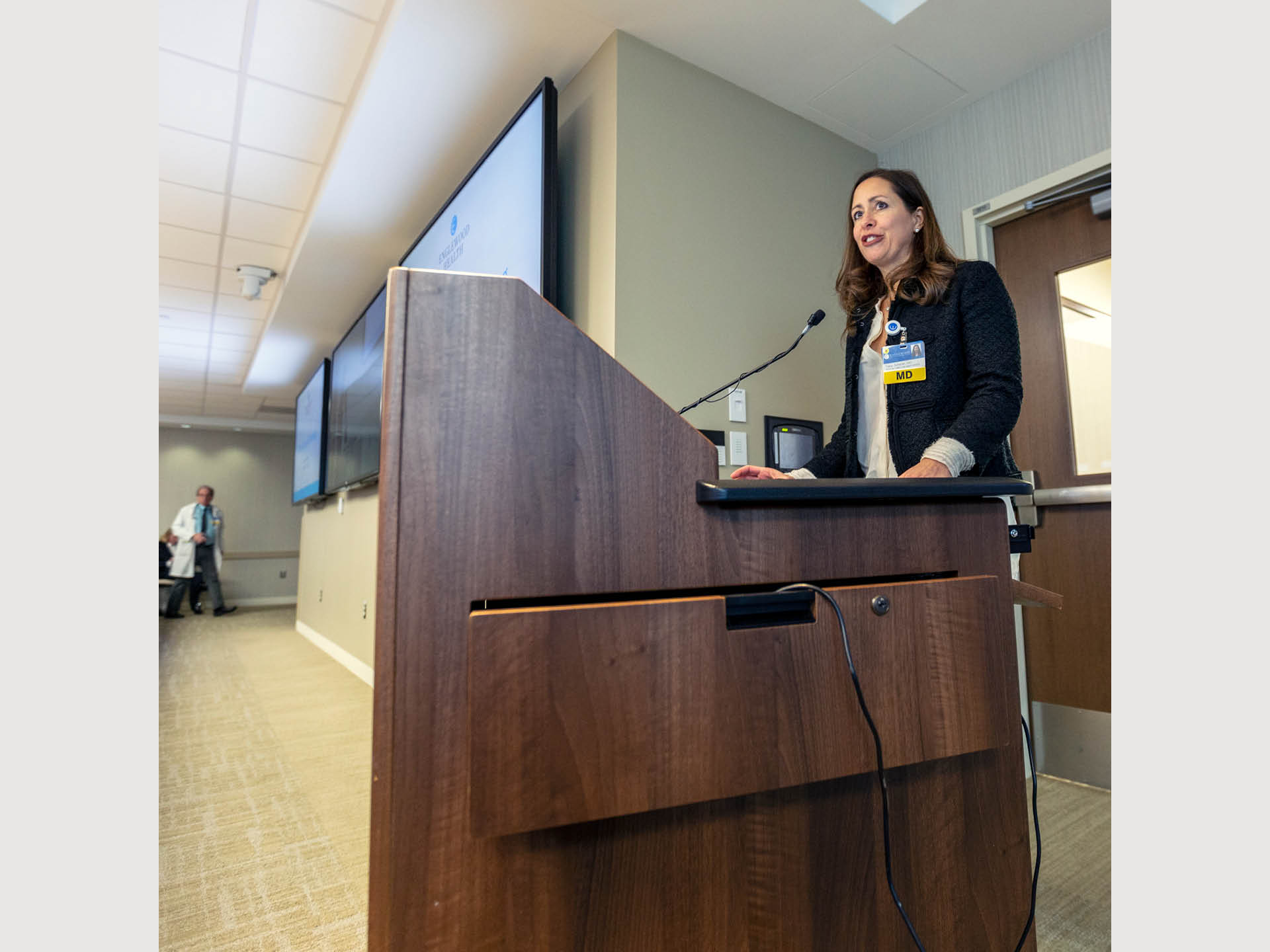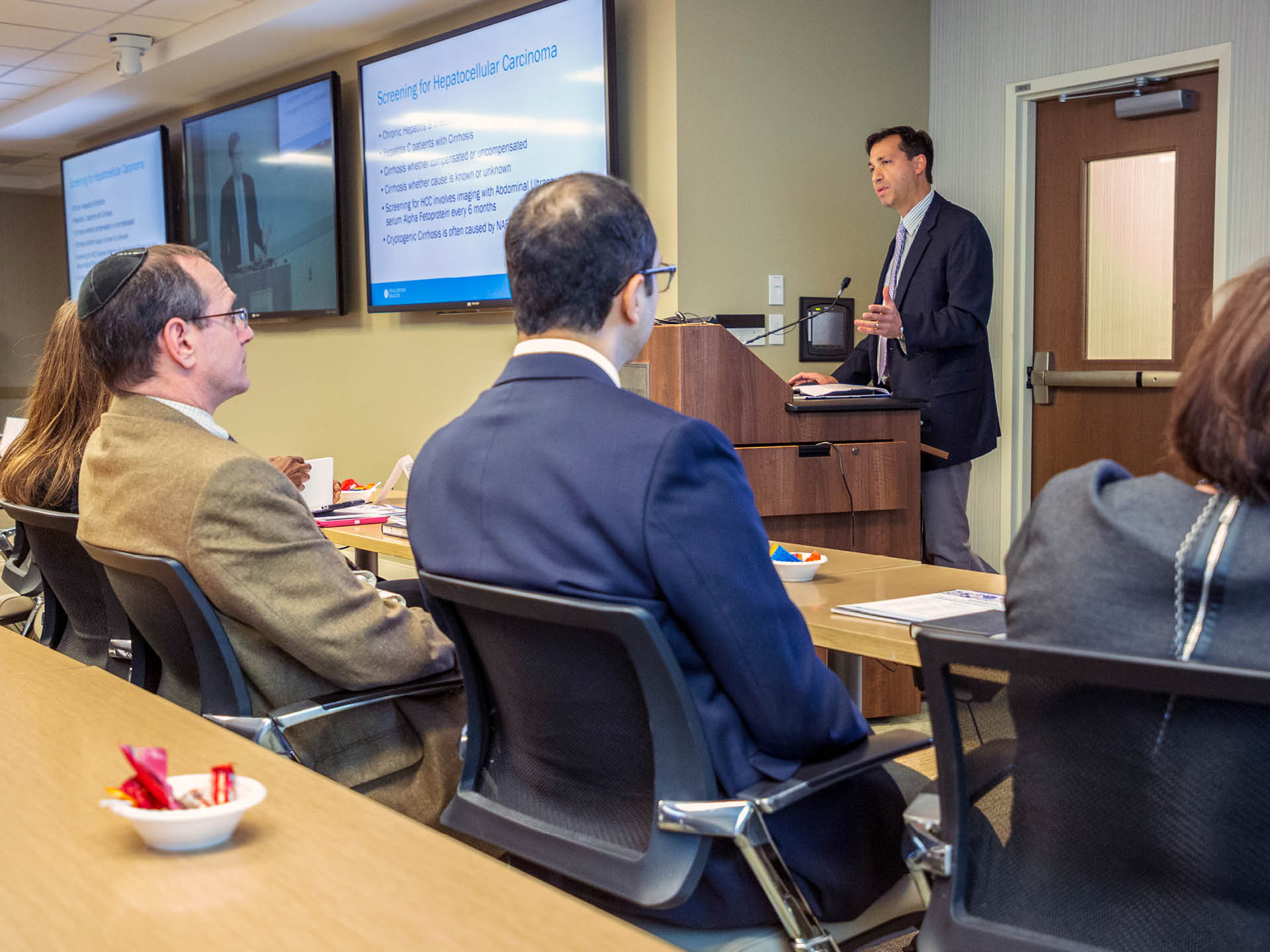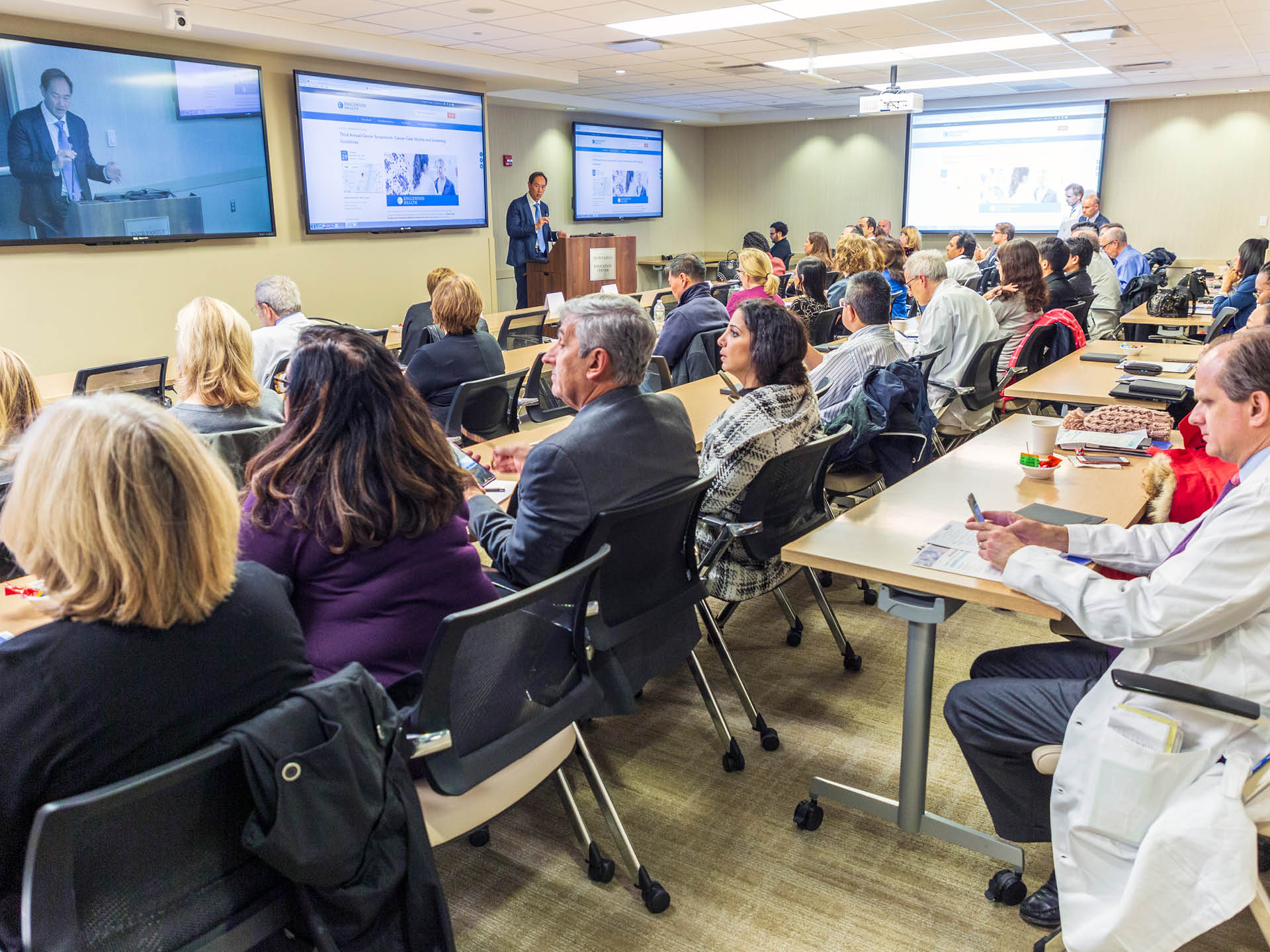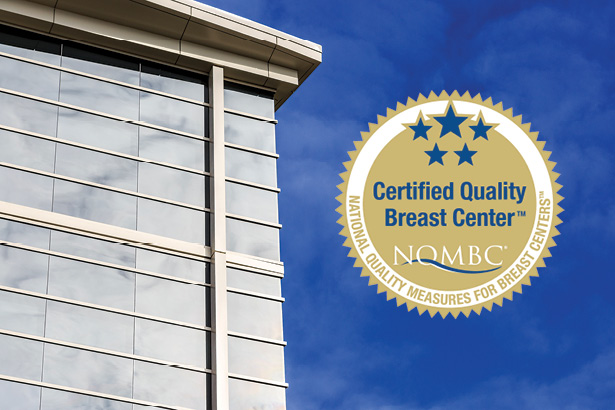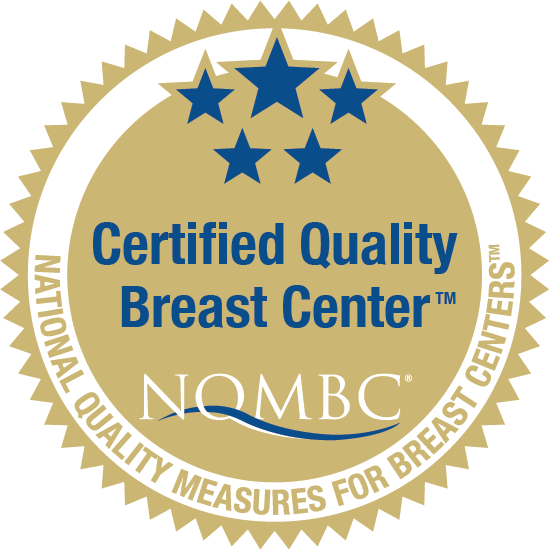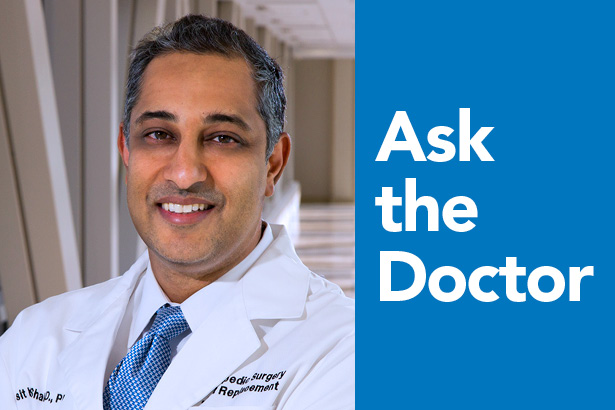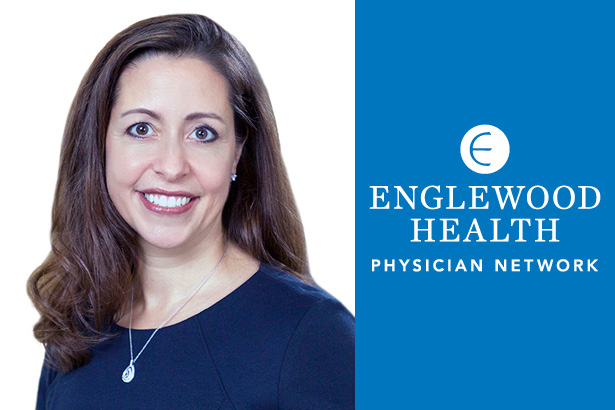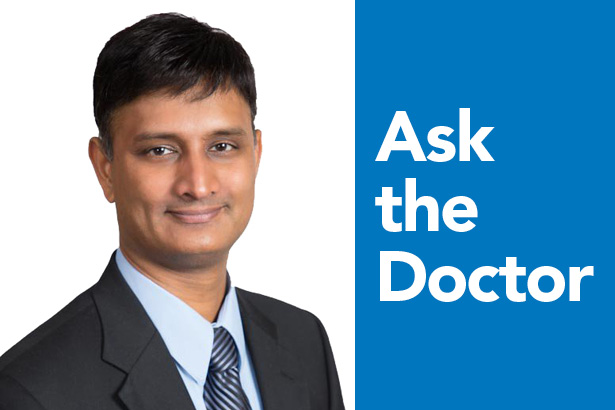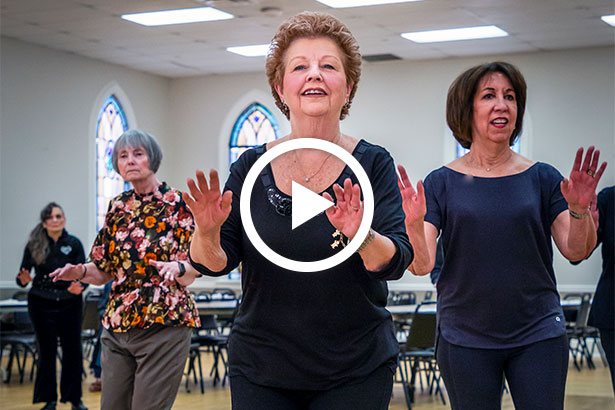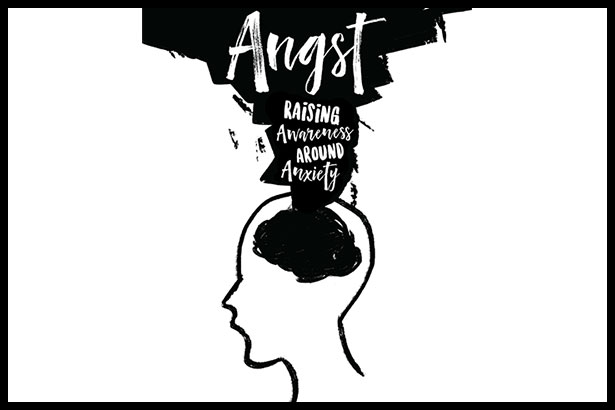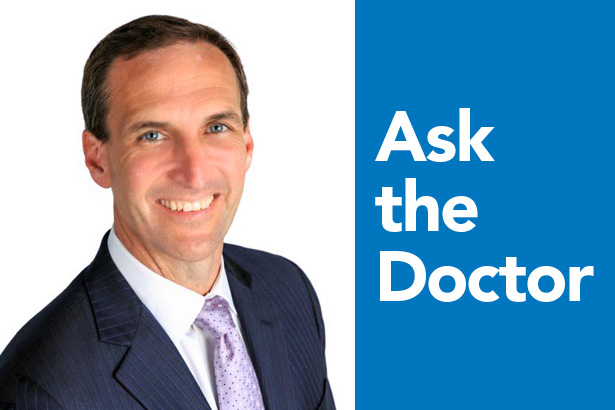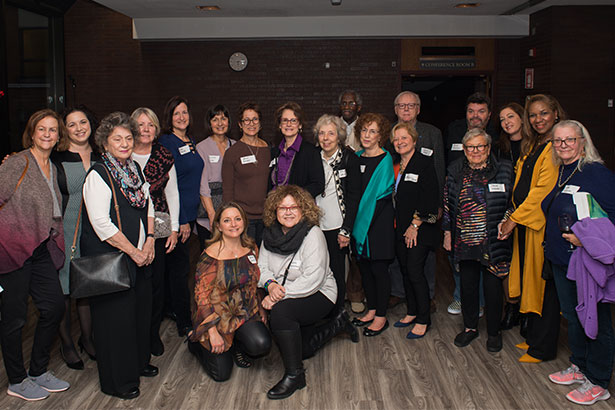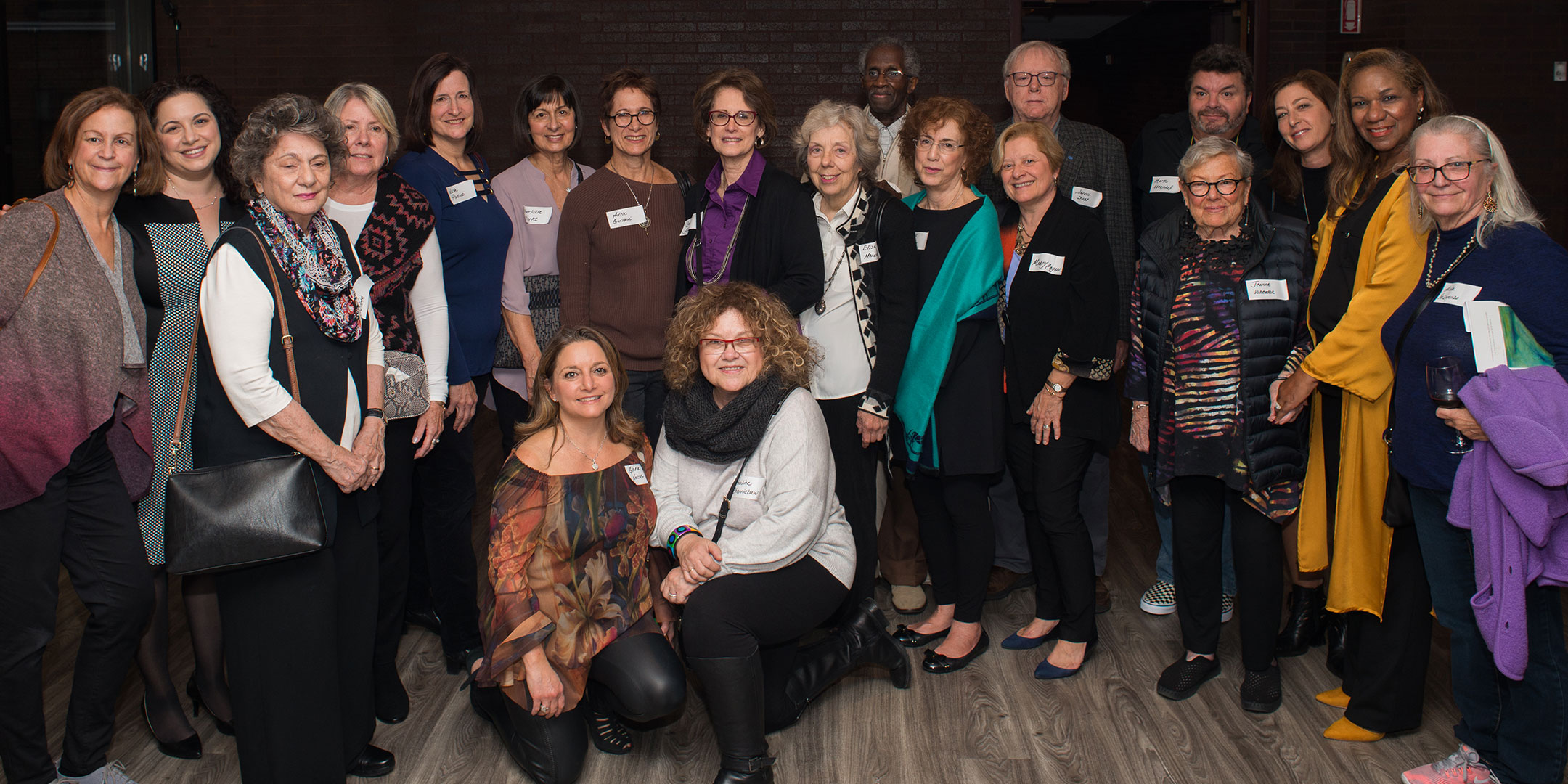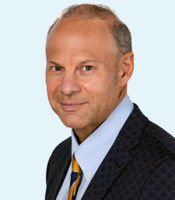
For decades, screening for and treating lung cancer has had two big challenges— detecting very small tumors as early as possible, and then restricting radiation treatment to only the small tumor that moves around every time the patient breathes without harming healthy tissues.
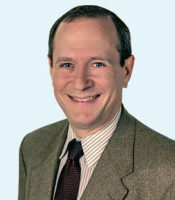
In 2017, Englewood Hospital was named a Screening Center of Excellence by the Lung Cancer Alliance for its commitment to lung cancer screening. Since 2014, the Englewood team has screened over 1,100 at-risk smokers and former smokers, diagnosing 10 cancers in patients who had no symptoms. Englewood Health is also the first in New Jersey, and one of the first in the nation, to offer stereotactic body radiation therapy (SBRT), a lung cancer treatment using motion detection to offer extremely precise treatment.
How can we prevent lung cancer?
If you’re a smoker, take steps to quit. Englewood Health’s Graf Center for Integrative Medicine offers a smoking cessation program consisting of eight weekly group sessions where you will learn strategies to quit. All meetings are led by an experienced licensed clinical social worker certified through the American Lung Association’s Freedom from Smoking Program. The Graf Center also offers meditation to aid relaxation, and acupuncture to reduce nicotine cravings.
How do you find lung cancer earlier and treat it more effectively?
At Englewood Health, we offer patients low-dose CT screening for lung cancer (LDCT), an imaging procedure that provides more detailed images than conventional X-rays and has been proven to find cancer earlier, when it is more likely to respond to treatment. Once a CT scan detects a potential tumor, we provide rapid and seamless diagnosis and treatment. Similar to colonoscopy for colon cancer, or mammography for breast cancer, LDCT is an effective cancer screening that has been shown to reduce cancer deaths.
What makes LDCT the best lung screening option?
LDCT is a quick, painless test; no fasting or special preparations are required, and the scan takes less than a minute. Low-dose CT uses lower amounts of radiation than a standard chest CT and has been shown to detect cancer in patients before the onset of symptoms alert them that anything is wrong; early detection saves lives. Medicare and most third-party payers now cover LDCT for patients who qualify.
Once lung cancer is detected, what is most important to consider when seeking treatment?
When it comes to treatment, we focus on accuracy and precision. Delivering high doses of radiation to small, targeted areas is especially challenging in the lung because the target moves as the patient breathes. To be most effective, we have to know exactly where the target is. SBRT allows us to track the exact location of a tumor with submillimeter precision throughout the treatment.
Posted December 2018
Do you have a question for a doctor?
From your head to your toes, and everywhere in between, the Englewood Health has you covered. Ask a question about your health. Selected questions will be answered in this column.

